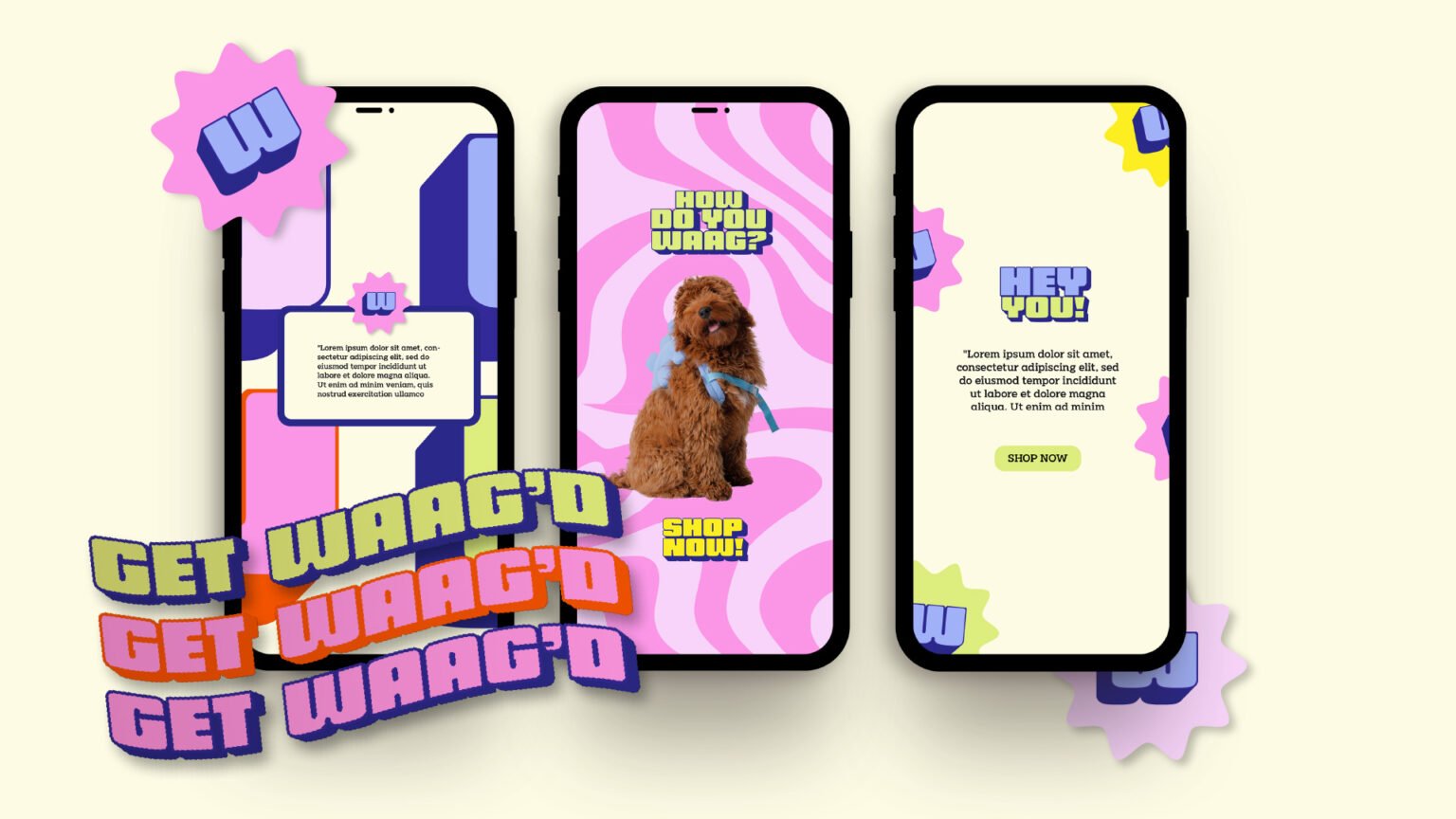Crafting a First Impression: Introduction
At the core of any design process is the need for an effective communication tool that can convey your creative abilities to potential clients or employers. And there’s no better way to showcase your visual storytelling prowess than a design portfolio. A design portfolio is a curated selection of work showcasing your best projects, which serve as a testament to your skills and creativity.
It’s the first step in establishing yourself as a professional designer who has what it takes to succeed in today’s competitive market.
What is a Design Portfolio?
A design portfolio is an extended version of your resume that uses examples of your previous work to demonstrate how you think creatively and solve problems visually. It can be physical or digital, such as printed books, websites, or PDFs.
The beauty of a design portfolio is that it allows you to present yourself in an authentic light by showcasing your unique aesthetic and creative vision.
Why Are Design Portfolios Important?
In today’s fast-paced world, design portfolios have become increasingly essential for designers who want to stand out from their competition. As more companies are searching for talented creatives with unique perspectives on their team, they are looking beyond traditional resumes and taking note of the quality of work presented in portfolios.
A well-crafted portfolio not only showcases your talents but also demonstrates that you’ve put thought into presenting yourself professionally. A strong portfolio helps you create an instant connection with prospective clients or employers, providing them with insight into how you approach projects and solve problems creatively.
Purpose Of This Article
The purpose of this article is to provide designers with practical tips and strategies on how to build and present successful portfolios that showcase their best work effectively. We’ll explore different platforms for presenting your work, discuss how to select and organize your projects, and provide tips for presenting your work in a way that will leave a lasting impression. Whether you are just starting out or looking to take your design career to the next level, this article will help you create a strong portfolio that accurately represents your creative vision.
Building Your Design Portfolio
Choosing the right platform
When it comes to building your design portfolio, one of the most important decisions you’ll make is choosing the right platform to showcase your work. You have two main options: online platforms and physical portfolios.
Online platforms like Behance, Dribbble, and Adobe Portfolio offer easy-to-use templates that allow you to create a modern and professional-looking portfolio website. Physical portfolios, on the other hand, give you a tangible way to present your work in person.
Selecting your best work
Selecting your best work is crucial for any successful design portfolio. Remember that quality beats quantity every time – it’s better to have a few standout projects than a lot of mediocre ones. Consider tailoring your selection based on who will be viewing it – if you’re applying for a job in web design, include more web-related projects; if you’re trying to get into advertising or branding, showcase projects that demonstrate strong branding skills.
Organizing your work
Once you’ve selected your best work, organizing it is key to creating an effective design portfolio. Grouping projects by category or medium can help viewers quickly understand what types of projects interest you most.
You could organize by type of client (e.g., non-profit vs corporate), by medium (e.g., print vs digital), or by industry (e.g., healthcare vs fashion). Creating a cohesive narrative throughout the portfolio can also help tie everything together and make sure that each project feels like part of a larger whole.
Building an effective design portfolio requires thoughtful consideration at each step of the process. Choosing the right platform for displaying your work will depend on several factors including where you want to display it and who will view it most often.
As with any creative endeavor, selecting only the best examples of past work is key. Organizing your work with a cohesive narrative needs to be thought out in order to make your portfolio stand out.
Telling the Story Behind Each Project
A good design portfolio not only showcases your work but also tells a story behind each project. The narrative helps potential clients or employers to understand your creative process, problem-solving skills and decision-making abilities. When telling the story, it’s important to explain why you made certain design choices and how they contributed to the overall success of the project.
To craft an engaging story, start by outlining the project’s goals and objectives. Explain how you worked with stakeholders to understand their needs and how you developed a solution that met those needs.
Share any challenges you faced throughout the project, such as tight deadlines or limited resources, and how you overcame them. Highlight any unique aspects of your approach or execution that set your work apart from others.
Showcasing Diverse Skills and Styles
A great way to make your portfolio stand out is by showcasing diverse skills and styles in your work. Clients and employers look for designers who can handle a broad range of projects with different requirements, so demonstrating versatility is key. Consider including examples of work in various mediums such as print design, branding, web design or even motion graphics.
It’s also important to showcase unique strengths or specialties that set you apart from other designers in your field. Perhaps you possess exceptional typography skills or excel at illustration — whatever it may be, including specific examples will help differentiate yourself from competitors.
Creating a Memorable Presentation
In addition to having great content within your portfolio, it’s important to create a memorable presentation that truly showcases your work in an appealing way. This includes choosing the right format for presenting your portfolio — whether digital or print — based on what best suits both the content of your portfolio as well as its intended audience.
When creating a digital portfolio consider things like layout, image quality and navigation features for optimum user experience while print portfolios should be well designed and printed on high-quality paper. Don’t be afraid to add personal touches that make your portfolio stand out.
This could include unique branding elements, color schemes or even custom illustrations. These small details can help differentiate your work from others and show potential clients or employers that you take pride in your craft.
Tips for Success
Practicing Self-Reflection and Critique
One often-overlooked aspect of building a successful design portfolio is the importance of self-reflection and critique. It’s important to take the time to evaluate your work objectively, rather than simply relying on your gut instinct.
This means asking yourself tough questions, such as “What am I trying to communicate with this project?” or “Does this piece demonstrate my individual style and strengths?”. By answering these questions honestly, you can identify areas for improvement and work towards creating a stronger portfolio.
In addition to self-reflection, it’s also important to seek out feedback from others in the industry. This can include peers, mentors, or even potential clients.
By soliciting constructive criticism, you’ll gain valuable insights into areas where your work could be improved or clarified. However, it’s essential to keep an open mind when receiving critiques – you don’t want to dismiss feedback simply because it doesn’t align with your own opinions.
Setting Goals and Tracking Progress
As with any long-term project, setting goals and tracking progress is critical for success when building a design portfolio. Whether you’re aiming to land a new job or simply looking to showcase your best work, having clear objectives in mind will help guide your decision-making throughout the process of creating your portfolio.
In addition to setting goals, it’s also important to track your progress along the way. This can involve creating a timeline for completing different aspects of your portfolio (such as selecting projects or refining presentation materials), as well as regularly checking in on how well you’re meeting those milestones.
Conclusion
Building an effective design portfolio requires both creativity and strategy. By carefully selecting projects that showcase your strengths and tailoring them towards specific audiences, you can create a compelling visual narrative that speaks volumes about who you are as a designer.
However, success also depends on your ability to reflect on your work objectively, seek feedback from others, and stay focused on your goals throughout the process. As you move forward in creating your own design portfolio, remember that this is an opportunity to showcase the unique combination of skills and experiences that make you stand out as a designer.
By approaching each aspect of portfolio-building thoughtfully and intentionally, you can create a presentation that speaks volumes about who you are – both as an artist and as an individual. Good luck!









